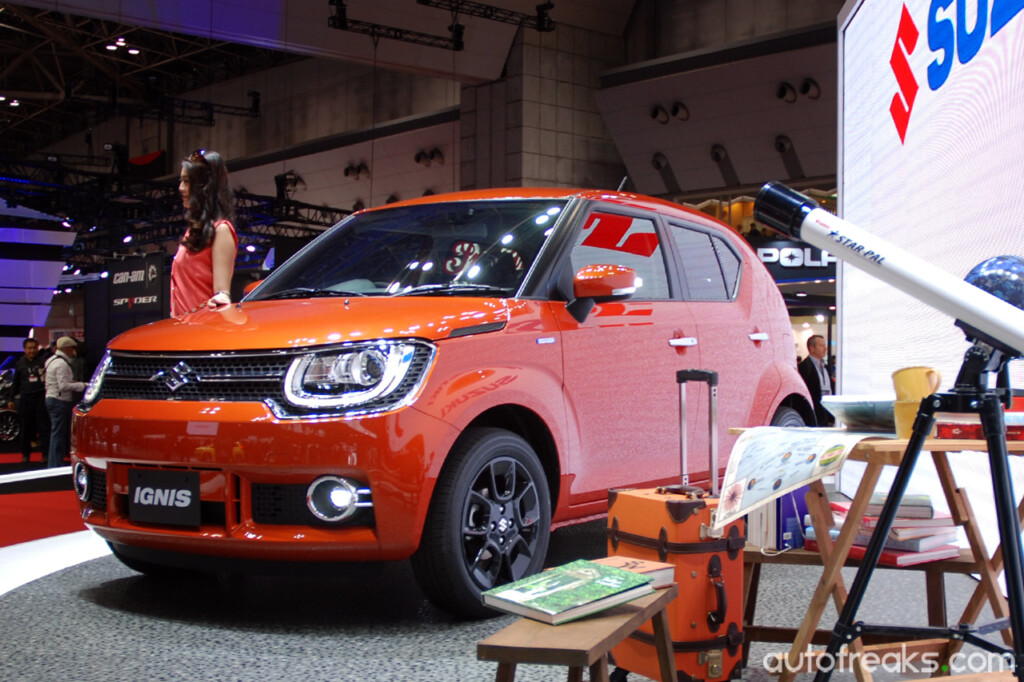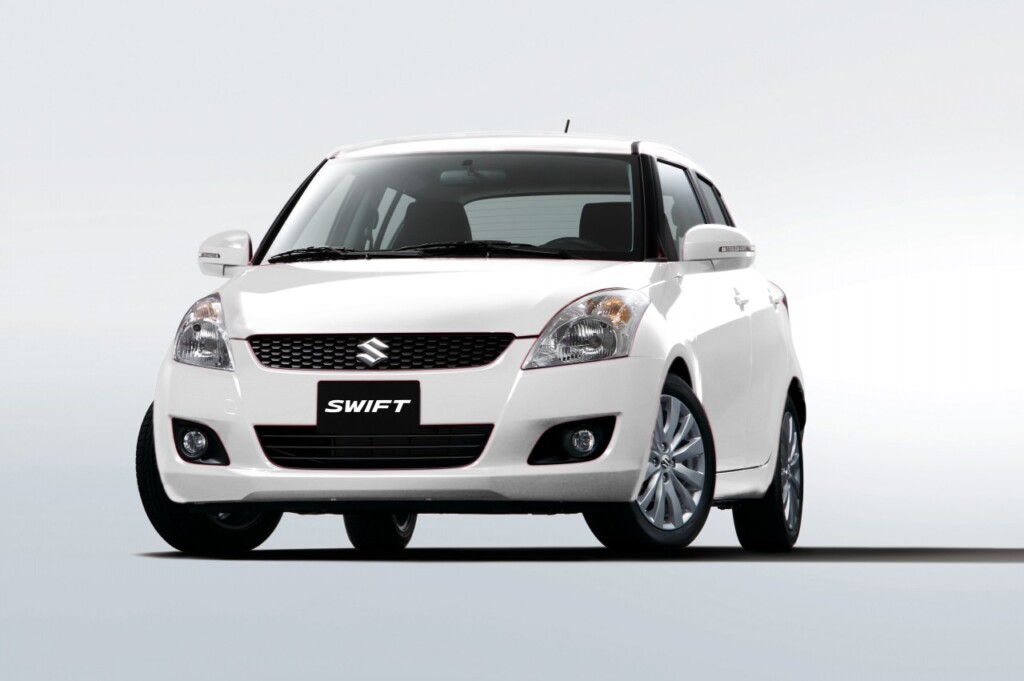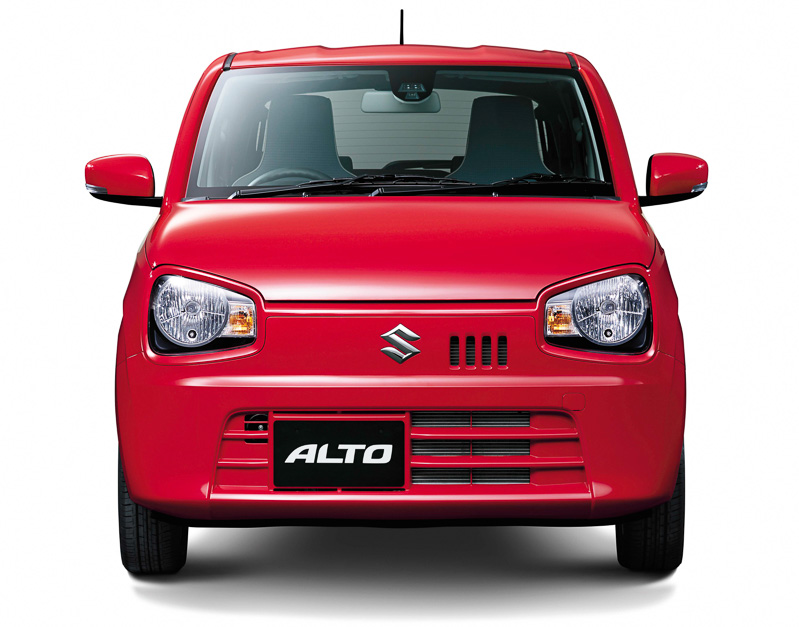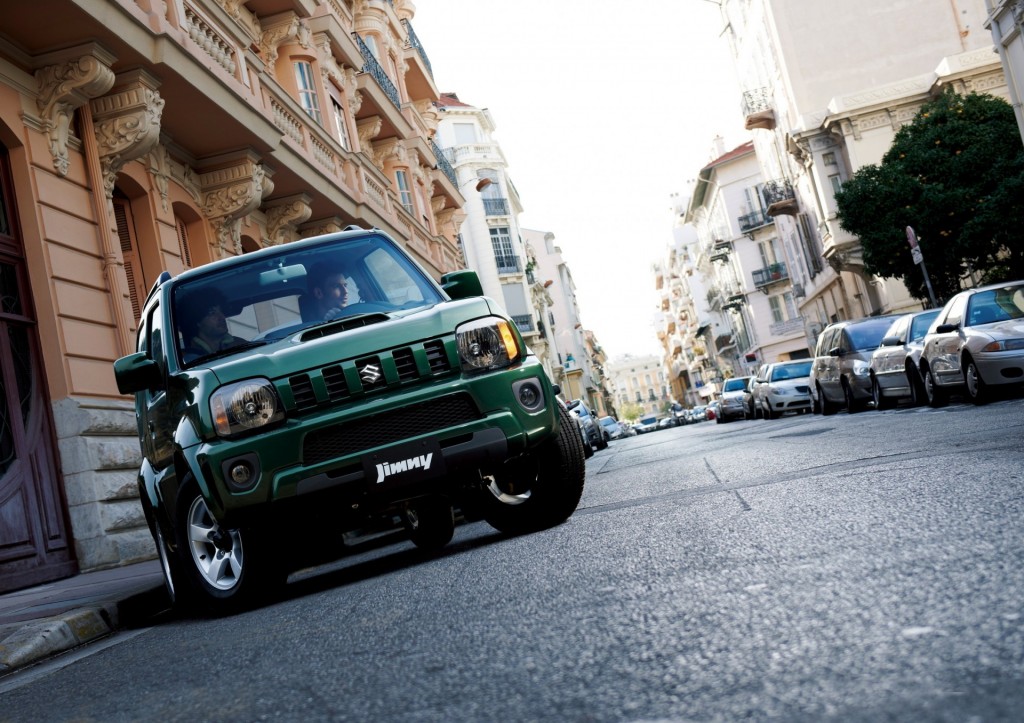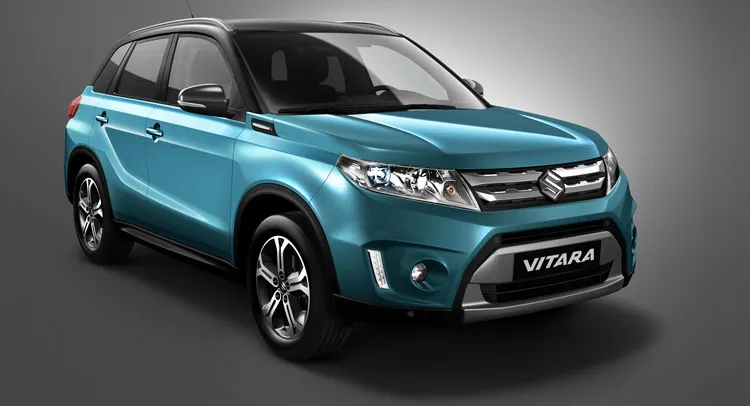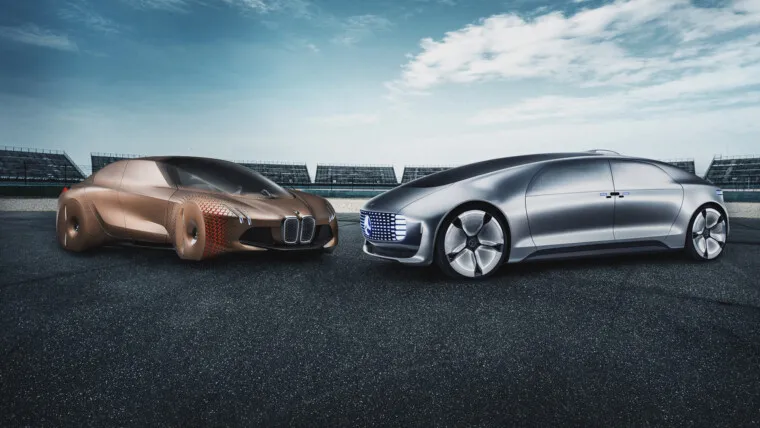It looks like Suzuki is now under pressure as the company has admitted to using improper fuel economy testing methods from regulation specified by the Japanese government. These issues arose following an investigation ordered by the Ministry of Land, Infrastructure, Transport and Tourism (MLIT).
As the outcome of our internal investigation, there’s no manipulation of fuel efficiency data found, however, discrepancies were found in the automobile emission and fuel efficiency testing process between the regulation by MLIT and the actual method carried out by Suzuki.
Suzuki reviewed the measuring process of driving resistance of all 16 models currently available for sale in Japan. It was found that instead of actually measured data of the car through the coasting test, the submitted driving resistance data at the time of application for certificate was a build-up of actually measured data of individual components such as tyres, brakes and transmission from rolling-resistance tests and air resistance tests in the wind tunnel and upon verification of adequateness, compared with actually measured data of the car through the coasting test.
The company stated that the reason for this kind of test being carried out is because the fact that the Sagara proving ground owned by the company is located on top on a hill close to sea, where it is significantly affected by weather conditions such as influence of wind and carrying out these tests would be difficult.
The recent improvements in fuel efficiency technology accompanied by reduced rolling resistance and vehicle weight have a greater tendency for cars to be influenced by wind as well as results spread in wider variations. In case of adopting tyres with less rolling resistance, for an example, it is difficult to perceive the effect without variation in data, and have to increase the number of tests.
In the course of the investigation, Suzuki measured actual data through the coasting test in addition to the data already obtained by the time of application for certificate through the coasting test. As the result of verification of all certified fuel efficiency value with these actual data through the coasting test, all certified values remained within the range of measurement deviation.
Therefore, the company considered it is unnecessary to amend the driving resistance value applied, nor the fuel efficiency value measured using the driving resistance value.
As for performance regarding emissions, it complies with the safety standards and Suzuki consider it does not have any problems.
There are 16 models sold in Japan that are subjected to investigation. This issues do not apply to products sold under Suzuki badge outside Japan.
- Alto(Launched on 22nd December, 2014)
- Alto Lapin(Launched on 3rd June, 2015)
- Wagon R(Launched on 19th September, 2012)
- Hustler(Launched on 8th January, 2014)
- Spacia(Launched on 15th March, 2013)
- Every(Launched on 18th February, 2015)
- Carry(Launched on 20th September, 2013)
- Jimny(Running change in 2010)
- Solio(Launched on 26th August, 2015)
- Ignis(Launched on 18th February, 2016)
- Baleno(Launched on 9th March, 2016)
- SX4 S-CROSS(Launched on 19th February, 2015)
- Swift(Launched on 18th September, 2010)
- Escudo 2.4(Running change in 2012)
- Escudo(Launched on 15th October, 2015)
- Jimny Sierra(Running change in 2010)
Source: Suzuki


